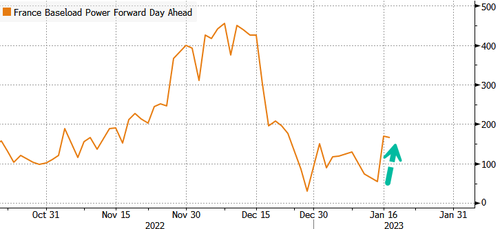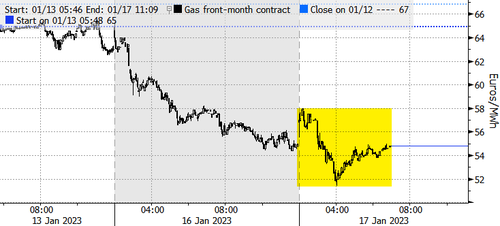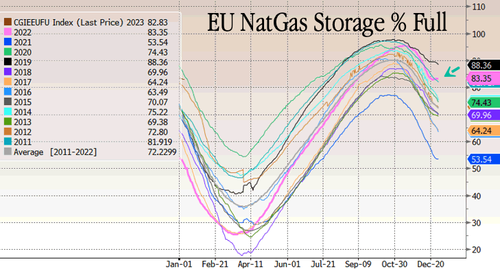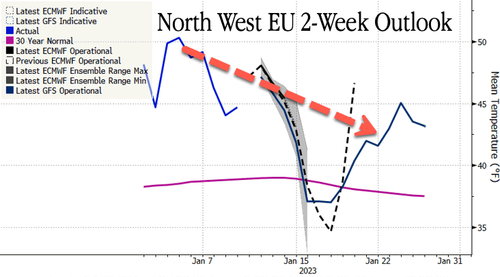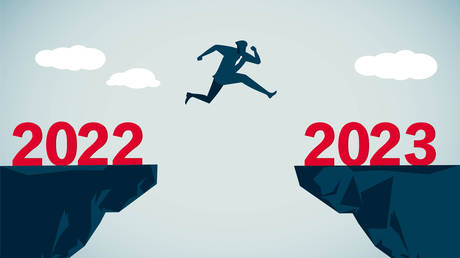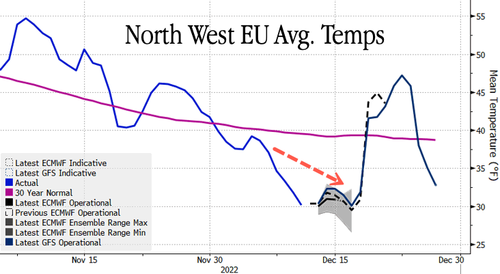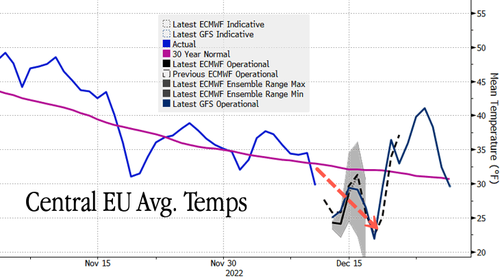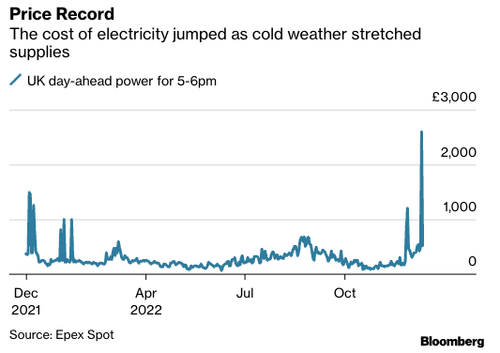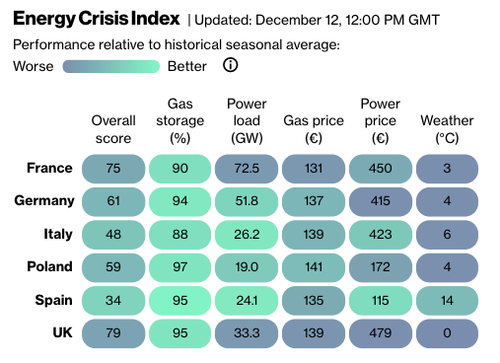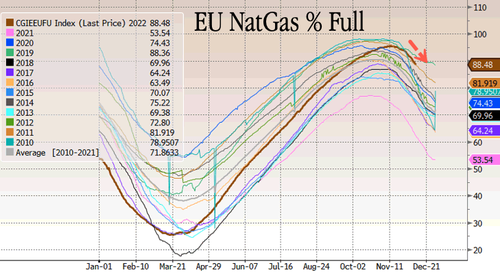The long-awaited winter energy crisis has finally hit…but it wasn’t in Europe after all. On Monday, almost the entirety of Pakistan was left without power when a misguided energy saving strategy by the government backfired. Runaway inflation, a severely weakened currency, and rapidly emptying foreign exchange reserves have left Pakistan on the brink of economic collapse. The country of 230 million people is plagued by overdue energy payments, and was seeking to cut costs by lowering energy use when the plan went off the rails, leaving people across the country without power or water for more than 12 hours.
Pakistani officials had planned to save on energy costs by turning off electricity across the country overnight. Nighttime has the lowest usage hours for energy in Pakistan, where winters are relatively mild. The problem came when technicians tried to reboot the electric system in the morning, and found out that the infrastructure wasn’t capable of booting up the entire nation’s energy grid all at once. Major cities, including the capital city of Islamabad, as well as smaller cities and towns across the country were left in the dark for 15 hours on Monday, lasting into the night.
“As an economic measure, we temporarily shut down our power generation systems” Sunday night, Energy Minister Khurram Dastgir told local media. He went on to explain that when engineers tried to turn the systems back on, a “fluctuation in voltage” occurred, which “forced engineers to shut down the power grid” stations altogether.
…click on the above link to read the rest…






